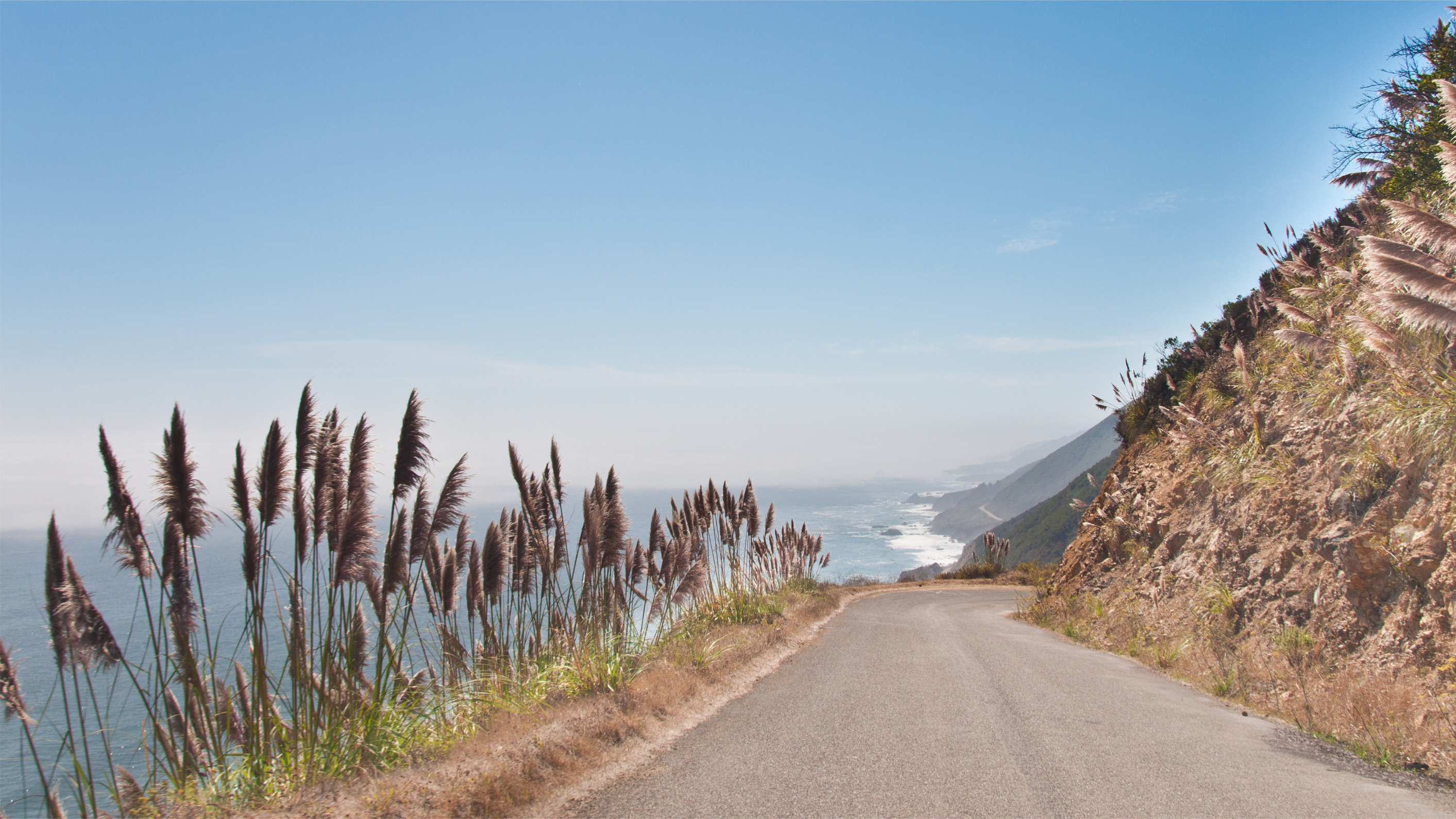Open loop fare collection – modular approach vs system integration
by Andreea

Open loop fare collection has been successful in major cities, and is considered as the future of transit payments. It brings passengers the ease and convenience of using their contactless bank card or contactless-enabled device for fare payment without needing a ticket.
Riders love the simplicity of tapping their card on a payment reader to board vehicles, with the correct fare charged automatically for their travel.
As more cities move to this approach, the ‘tap and ride’ payment experience is becoming universal. For riders, there’s no more worrying about having the right cash in their pocket, or getting the best value ticket from a range of options. There’s no need to learn a new ticketing system when they visit a distant or overseas city.
Building a system from scratch
The passenger appeal is clear, and yet many transit agencies assume that the technology is out of reach. It’s too costly to build and deploy, and too complex to manage.
Traditionally, system integrators have delivered contactless open loop fare collection systems through a design, build, operate, and maintain approach. They have been built from scratch for a single transit agency to detailed specifications. The hardware is expensive and projects can take years to complete.
Once the system is live, it needs investment to operate, maintain and upgrade. With a contractual lock-in to a sole vendor, there is no scope for widening the net when procuring new hardware and this lack of competition drives prices upward. Upgrades can become a costly headache.
A new approach is needed
Breaking apart the pieces of an open loop fare collection system to three essential components – payment readers, payment processing platform and acquirer – it’s possible to create a modular solution that can be used by any transit operator.
The payment platform is the core and a range of hardware and acquirer choices can be integrated using standard APIs. The same system can be configured by each transit agency to meet their needs, using the certified hardware and acquirer of their choice. If needed, a back office (ABT system) can also be connected.
Benefits of the modular approach
- Secure, road tested, multi-tenanted payments platform
- Hassle free lifetime security and PCI DSS compliance
- Reduced cost, complexity and speed-to-market
- Minimal up-front costs, competitive per transaction fees
- Makes contactless EMV accessible to transit agencies of all sizes
- Flexible, API-based system is ‘future proof’ with simple upgrades
- Wide range of hardware choices makes procurement more competitive
Modular approach versus system integration – comparison chart
Weighing up the pros and cons of alternative models of procurement for open loop fare collection systems, it’s important to consider the cost not just of the initial build, but of operating, maintaining and upgrading the system. For small and medium sized operators and agencies in particular, the modular route makes open loop fare collection accessible – simpler, cheaper and faster to introduce.

 Insight
Insight
 Knowledge
Knowledge
 News
News





